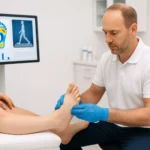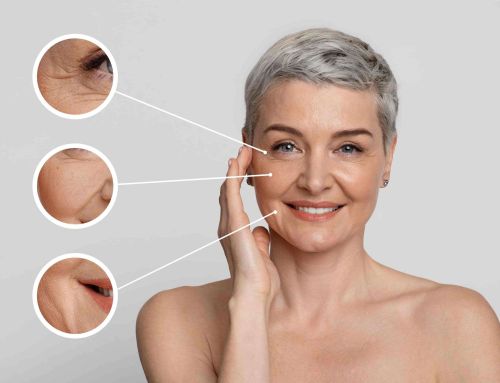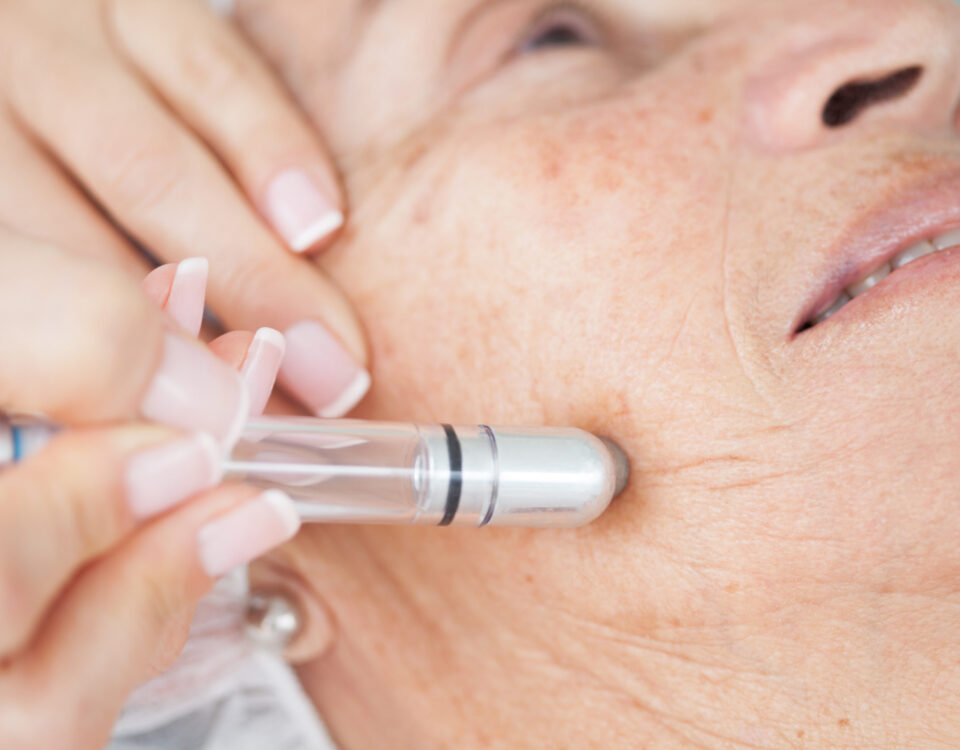
How Urgent Care Can Provide Quick Relief for Minor Injuries
October 2, 2025
4 Medication Options for Treating Ulcerative Colitis
October 2, 2025Botox is a widely recognized treatment used for cosmetic purposes, specifically targeting dynamic wrinkles, which are lines formed by repeated muscle movements. Understanding which areas of the face can be addressed with this treatment can help you have a more informed discussion with a qualified professional. Common areas for treatment include the forehead, between the eyebrows, and the surrounding areas of the eyes. Each of these areas responds to treatment in a specific way based on the underlying muscle activity.
What Forehead Lines Can Improve?
Horizontal lines that appear across the forehead are often a result of raising your eyebrows. These lines, sometimes referred to as surprise lines, can become more pronounced over time. Botox works by targeting the frontalis muscle, which is the large muscle responsible for lifting the eyebrows. The treatment helps relax this muscle.
When the frontalis muscle is relaxed, its ability to contract is lessened. This leads to a smoother appearance of the skin on the forehead. The procedure involves a series of strategically placed injections to achieve a natural-looking result while preserving facial expressions. A qualified provider will assess your specific facial anatomy to determine the appropriate treatment plan for you.
How Does Botox Treat Frown Lines?
Frown lines, or glabellar lines, are the vertical creases that can appear between the eyebrows. These lines often result from furrowing your brow, squinting, or concentrating. Botox is commonly used to address these lines by targeting the muscles that cause them to form.
The treatment works by relaxing specific muscles in the area between your brows. This process helps soften the appearance of existing lines and may limit the movements that create deeper creases. The primary muscles involved are:
- Corrugator Muscles: These muscles pull the eyebrows downward and inward when you frown. Relaxing them helps reduce the vertical lines.
- Procerus Muscle: This muscle pulls the skin between the brows down, contributing to horizontal lines at the top of the nose.
By addressing these specific muscles, the skin in the area appears smoother. The goal is to soften the appearance of these lines for a more rested look. A specialist can help determine the right approach for your individual needs.
Can Crow’s Feet Be Smoothed?
Crow’s feet are the fine lines that branch out from the outer corners of your eyes. These lines are often associated with smiling, laughing, and squinting. They are caused by the contraction of the orbicularis oculi, a circular muscle that surrounds each eye.
Botox can be used to address these dynamic wrinkles. The treatment involves injecting small amounts into the targeted areas around the eyes. This process relaxes parts of the orbicularis oculi muscle. By limiting the muscle’s ability to contract so intensely, the skin appears smoother when you make expressions like smiling. The procedure is precise, aiming to soften the lines without affecting your natural smile.
Consult a Specialist
Deciding on any cosmetic procedure should begin with a thorough discussion with a qualified specialist. During a consultation, a provider will evaluate your facial structure, listen to your goals, and review your medical history to determine if Botox is a suitable option for you. This is the perfect opportunity to ask questions about the procedure, what to expect, and any follow-up care. A trained specialist will provide the guidance you need to feel prepared and confident in making an informed decision that aligns with your objectives.




